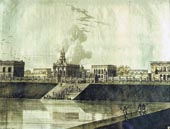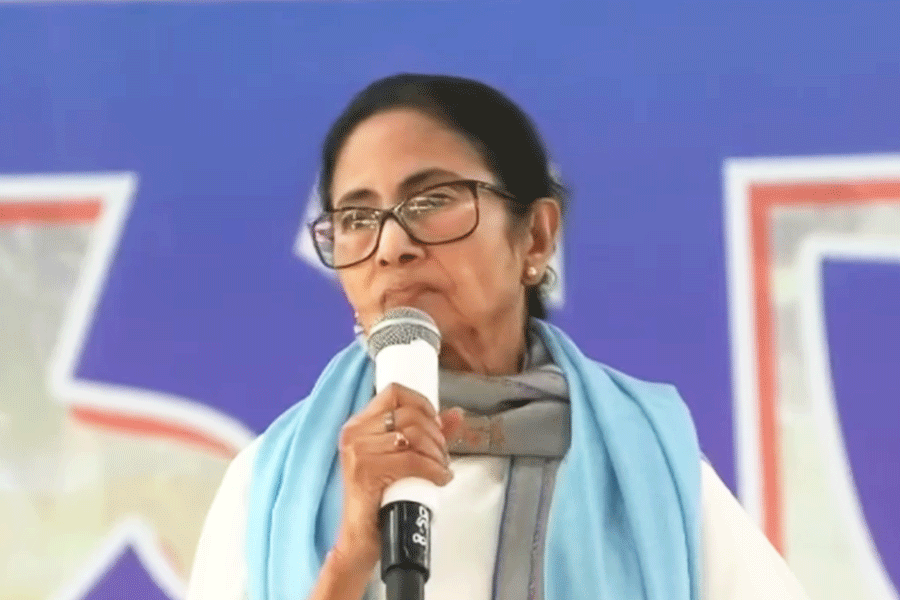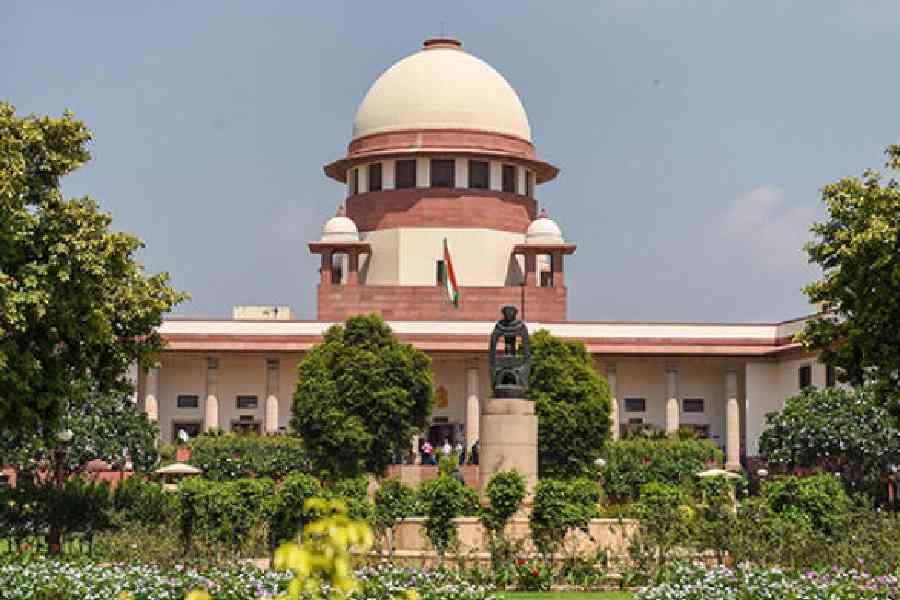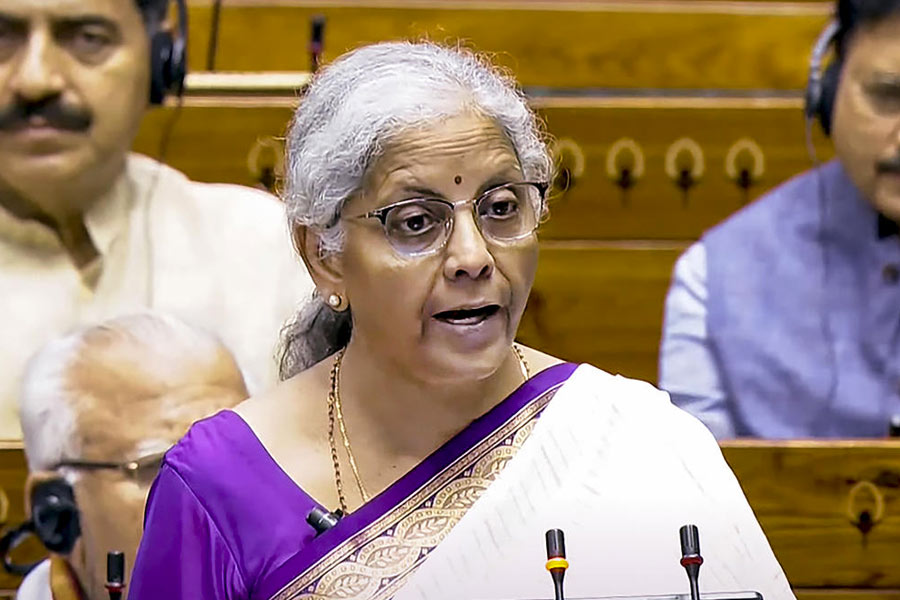 |
 |
| A view of old Calcutta. (Top): P.T. Nair at his felicitation by Society for Preservation, Calcutta. Picture by Sanjoy Chattopadhyaya |
Parameswaran Thankappan Nair clearly remembers the morning when he arrived in Calcutta 50 years ago to the day.
That, too, had been a Thursday. The selection of the site of Durgapur was announced that day. Pather Panchali was still showing in a hall, and as is usual even today, Ganesh Vivah starring Nirupa Roy was released the next day.
Nair?s train, Madras Mail, arrived on time, but from the very next day, all trains had to be diverted because of floods in Orissa.
?Calcutta was one of the finest cities then. The hydrants worked and the roads in Chowringhee and Bhowanipore, where I lived, were washed every morning. The refugee problem was there, but they could not be seen in central Calcutta. They crowded Sealdah, Southern Avenue and Ganguly Bagan,? he says in his Kansaripara Road flat on Wednesday evening, after he was felicitated by the Society for Preservation, Calcutta, for completing 50 years here.
Now, he asserts, ?Calcutta is one of the dirtiest cities in India?.
That big difference apart, there have been few changes in Nair?s frugal lifestyle. He still makes notes on small sheets of paper of whatever he feels is important or relevant to his research on Calcutta. So, all the information he collects on a certain issue is usually up-to-date. He still batters out his articles on his typewriter. Though he lives in his Kerala village for the better part of the year nowadays, annual visits to the city are a must.
And in spite of his age ? he was born on April 30, 1933 ? active as he is, he still qualifies for the appellation, ?barefoot historian of Calcutta?.
Nair began writing about Calcutta?s past when it was still ?virgin? territory, and his main contribution has been compiling and editing material from sources that academicians usually did not touch. Thereby he wrote the histories of several institutions of Calcutta ? Job Charnock onwards. Quite an achievement for a man who admits with a certain pride that he is only a Matriculate.
He admits that historians who live in this city had initially encouraged him to look back in wonder. ?Academic people think only of archival sources. But there are contemporary sources ? Company records and so many documents that are not used. The material is authentic and beyond challenge,? says Nair.
When he wrote the Asiatic Society proceedings, he used contemporary newspaper records from Hickey?s Gazette onwards. ?Contemporary travelogues, books and journals are a mine of information. There were so many things which nobody had ever seen. Archival material is only government records, which are very dry,? he observes.
Although quite abstemious himself, he resorted to unorthodox methods from the beginning of his career as the city?s recording angel, as it were. He started working as a stenotypist in a Dalhousie Square office on October 1, 1955. During lunch breaks, he would take tram rides to familiarise himself with Calcutta.
?If there was an interesting office or old building, I would make a note of it. So many plaques attached to buildings have disappeared,? says Nair.
He admits that he is quite familiar with the city?s underbelly. ?I know Calcutta from its underworld. I never carry any money or valuables so that no harm will come to me,? says this man, who still has a single meal a day.
He would also make newspaper clippings on issues that were of interest to him ? everything from the Naxalite movement to terrorists arrested here in the past.
Nair had sold his prodigious collection of books and maps on urban history to the Calcutta Municipal Corporation, but he is not happy with the scant respect with which it is treated in the Town Hall.
?It is not useful to the public. The Calcutta Museum Society does not take any interest in promoting it. Only the books have been catalogued. The tracts have not been catalogued, and unless we start building up records of families, it will be too late,? says Nair, and anybody who has tried to use the library knows that it has no trained personnel to help the curious.
Many of Nair?s books, such as his famous histories of Calcutta streets, of marriage and dowry in India and of the city?s hotels and taverns, have gone out of print.
Undeterred, he is working on the life of B.S. Kesavan, the first National Librarian of India.










